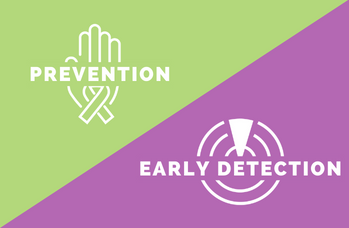National Cancer Registrars Week Recognized April 4-8
04 April, 2022
If there’s anyone that seems to fly under the radar in cancer control, it’s probably the cancer registrar. Their efforts are so important to cancer control, but they aren’t on the frontlines like doctors and nurses.
This year ahead of National Cancer Registrars Week, April 4-8, Nevada Gov. Steve Sisolak issued a proclamation for the day. You can see it here.
Cancer registrars help us to answer questions from a state and national level about who is getting cancer, who is at risk, what kinds of cancers are more common or declining, and if prevention and early detection strategies are working. They do this by capturing and compiling data on every cancer case in the state, from diagnosis through treatment, research and either completion of treatment or death.
In Nevada, some facilities have their own registrars on staff while other contract with registrars. Those professionals provide data to the state’s registry office, which compiles all of the information and provides it to national data and cancer organizations.
It’s a ton of work, and definitely worth a shout out during this National Cancer Registrars Week, and beyond of course.
In Nevada’s five-year Cancer Plan we’ve given the registry its own objective: to increase the use of Nevada Central Cancer Registry data to guide cancer control efforts in the state. We can’t do that without partners helping to improve data quality through timely, accurate and complete reporting of data to the NCCR.
Learn more about cancer registrars and registries in the video below.
You May Also Like

ACS Releases 2025 Facts & Figures
02.03.2025
The American Cancer Society recently released its annual Cancer Facts and Figures report with data and analysis on cancer incidence and mortality

Cancer Epidemiologist Joins NCCR
05.17.2024
We're excited to welcome Patience Gbafa, MPH, as the Nevada Central Cancer Registry's new cancer epidemiologist.

2024 Head & Neck Cancer Data and Resources
03.25.2024
Head and neck cancers are a category of cancers that can form in the oral cavity, throat, voice box, salivary glands, paranasal sinuses and nasal